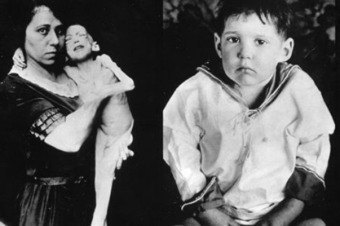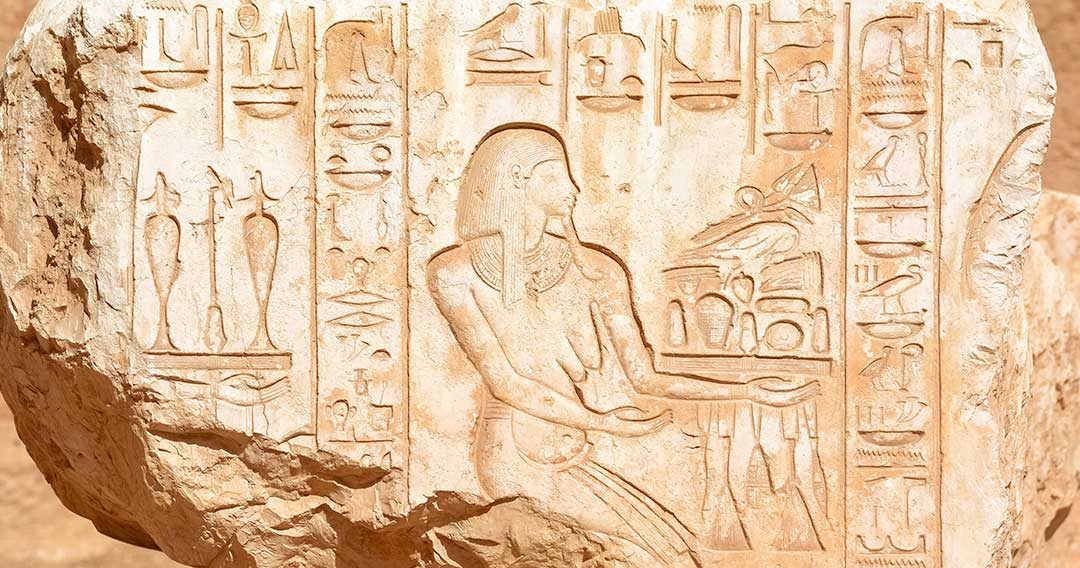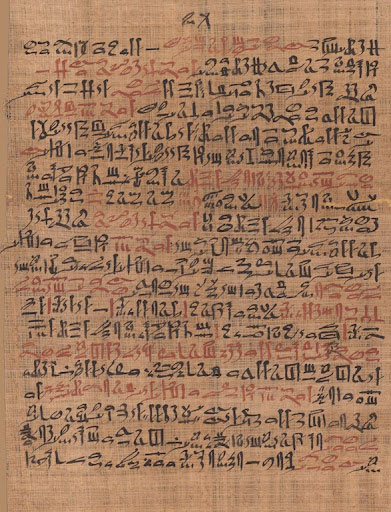Diabetes is one of the oldest recognized recognized diseases.
A little history;
The Egyptians were the first to describe diabetes, in a papyrus called the “Ebers papyrus”, a kind of medical treatise on the remedies and pharmacopoeias of ancient Egyptian medicine, 1,500 years before Christ.
They associated it with body water, describing symptoms of intense thirst and weight loss.
The same observations were made in ancient China and India, describing honey urine. The finesse of Chinese medicine already notes a link between diet and worsening symptoms for people with sweet urine. They even noted the toxicity of alcohol for diabetics (there was no written information on the quality of alcohol at the time…).
Did you know that the word diabetes comes from ancient Greek?
They gave the disease the name it still bears today, in every language! At the time, it meant “to pass through”, evoking urine leakage. Greek doctors had noticed that diabetics drank continuously, and that the water seemed to pass right through them as they eliminated it immediately. We are between 300 and 200 BC.

Diabetes care in Europe
In Europe, one of the tools of medicine has long been to taste urine… And it was in the 17th century that a certain Thomas Willis, physician to Charles II, King of England, noticed sweet urine in his patients. diabetics following numerous tastings to cross-check his observations.
The last two centuries have seen the pace of change accelerate. At the end of the 19th century, the German student Paul de Langerhans isolated the islets of Langerhans without fully understanding their impact. It was only 20 years later, in 1889, that a link was established between the pancreas and diabetes.
Ted Ryder receives first insulin injection
In 1922, Ted Ryder, a 14-year-old American in a diabetic coma, received the first injection of insulin from a pig pancreas, saving his life! Ted Ryder lived to 77. His life was punctuated by scientific advances in the treatment of diabetes and improvements in the quality of life of diabetics.
In 1955, Frederick Sanger described the chemical structure of human insulin. In 1980, pork insulin was “humanized” by modifying the single amino acid that distinguishes it from human insulin.

Frederick Grant Banting was a Canadian physician and scientist who was awarded the 1923 Nobel Prize in Physiology or Medicine for his discovery of insulin. (Wikipedia).
Progress for diabetics
In 1980, genetic engineering designed and produced insulin by cloning the human insulin gene.
Four years later, the NOVO laboratory industrialized the hormone.
In 1997, a fast-acting insulin was created, followed by a slow-acting insulin in 2003. followed by pens, pumps, sensors and applications. There’s no doubt that today we too are at a turning point in scientific progress.
And there you have it… We came across this diabetes story on April 18, 2016. Andsince then, the smell of insulin has become one of our favorites!
Insulin makes life possible. Unfortunately, it remains a luxury for too many people, in too many countries…


